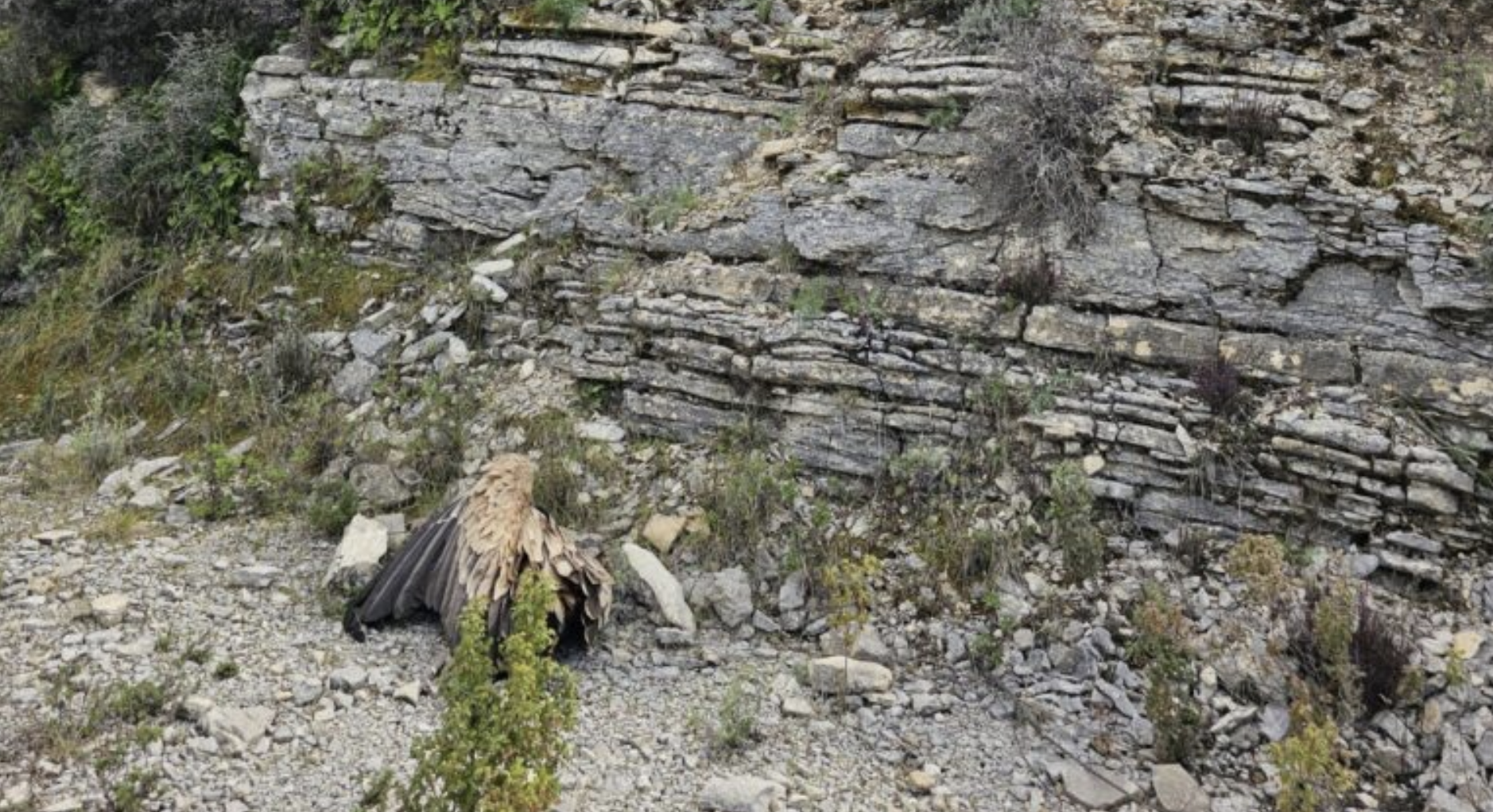With winter drawing to an end the breeding season for Griffon Vultures is coming to fruition with the first clutches of eggs being laid as seen in this remarkable video from inside a nest in the Nebrodi Park near Messina in Italy shows.
Griffon Vulture breeding
The breeding season for Griffon Vultures begins in late autumn continues until the young have fledged the nest between June and August and starts with rituals that cement the bond between a breeding pair. This pair bonding behaviour involves displays of aerial acrobatics with pairs flying in tandem as well as mutual preening and nest building with males sourcing the majority of the nest building materials, nesting in high cliffs or mountainous colonies. Following successful copulation clutches are laid between January and April with clutches consisting of usually one egg which is incubated for around 55 days. Breeding Griffon Vultures will raise their chick until it fledges the nest after around three months after hatching.
From the Balkans to Spain
As the laying period is getting fully underway for Griffon Vultures we’ve been getting reports of pairs laying from right across the range. As well as this video that gave an intimate view of a female laying her egg from the small colony in the Italian Alps, colleagues in the Balkans have been closely monitoring a colony in the Vratsa Balkan Nature Park. The images below show breeding pairs in the Nature Park that is home to one of the two colonies of the species in Bulgaria and observed at least seven pairs with clutches and a further five showing nesting behaviour.
The nests of the Griffon Vulture colonies in Vratsa Balkan Nature Park (c)Georgi Stoyanov
Meanwhile in Spain, where 90 percent of the Europe’s population are found, the season is progressing well. While most clutches consist of one egg, one naturalist caught this bird in a nest in cliffs above the river Duratón in central Spain, showing it incubating a clutch of two eggs.

Griffon Vultures in Europe

Following a decline in the 20th century as a result of wildlife poisoning, hunting and decreasing of food supplies, in recent year the species has increased dramatically in some areas, particularly in Spain, France and Portugal with the population in western Europe now numbering around 30,000 breeding pairs, around 25,000 of which are found in Spain from the Pyrenees to the western region of Extremadura and in the south in Andalucia. Conservation actions across this range has significantly supported the comeback of the species across the western range and ongoing efforts in Sardinia are aiming to help the species to recover on the island. The eastern population of Griffon Vultures across the Balkan Peninsula is not as large numbering just 600 pairs, The two largest populations in the region are in Serbia and Croatia with colonies over 100 breeding pairs pairs, other populations are small and isolated in Bulgaria, Greece and FYR Macedonia.



